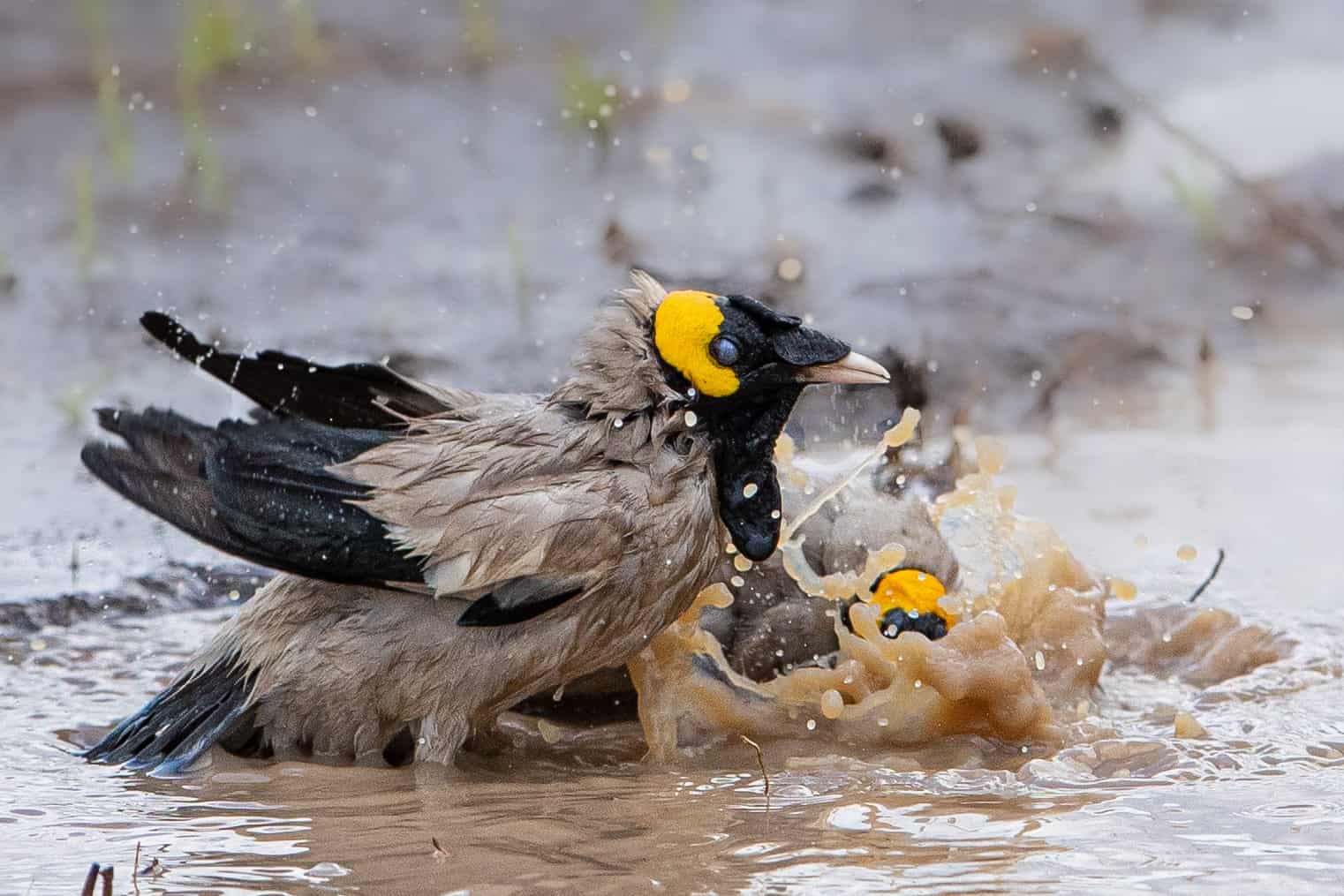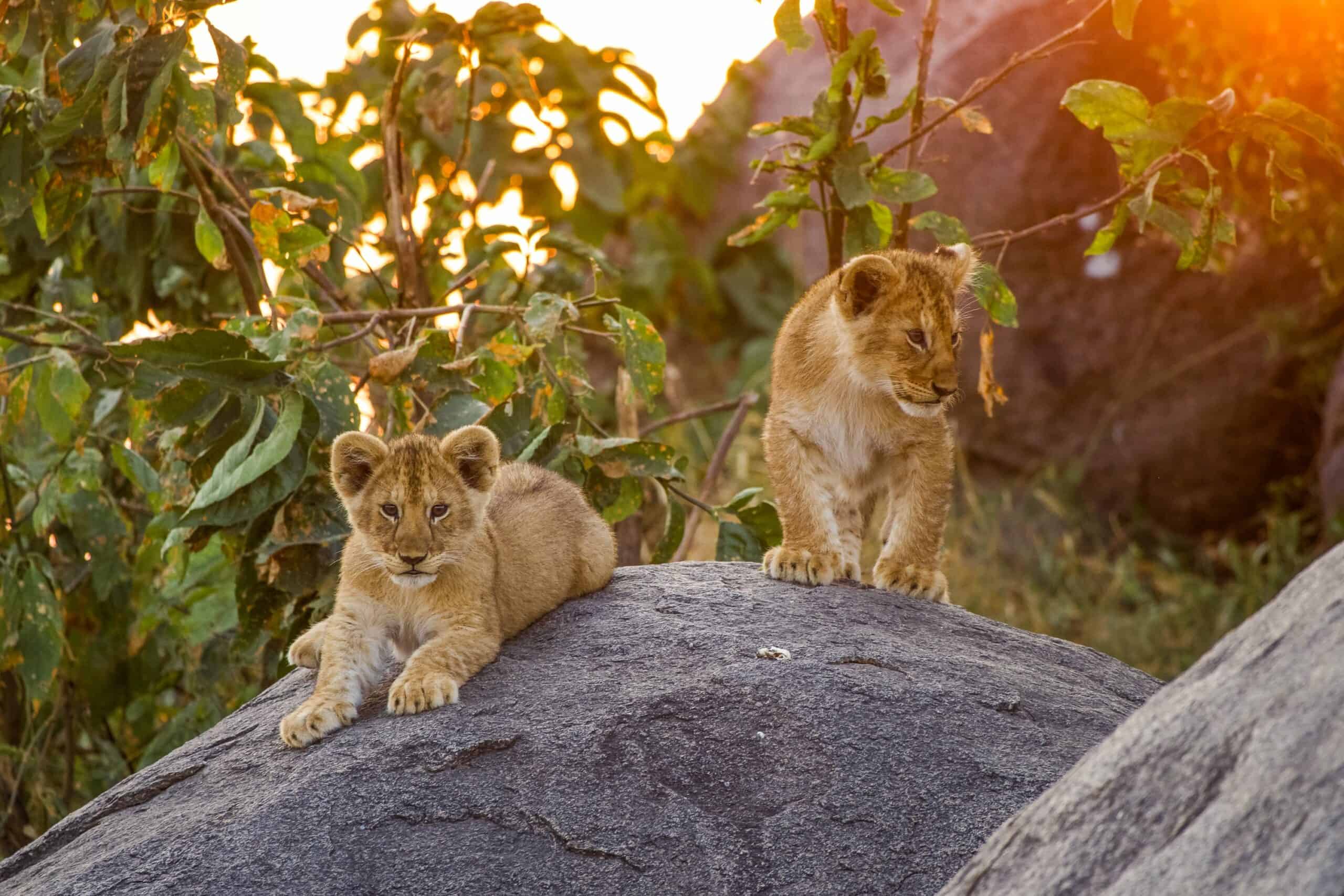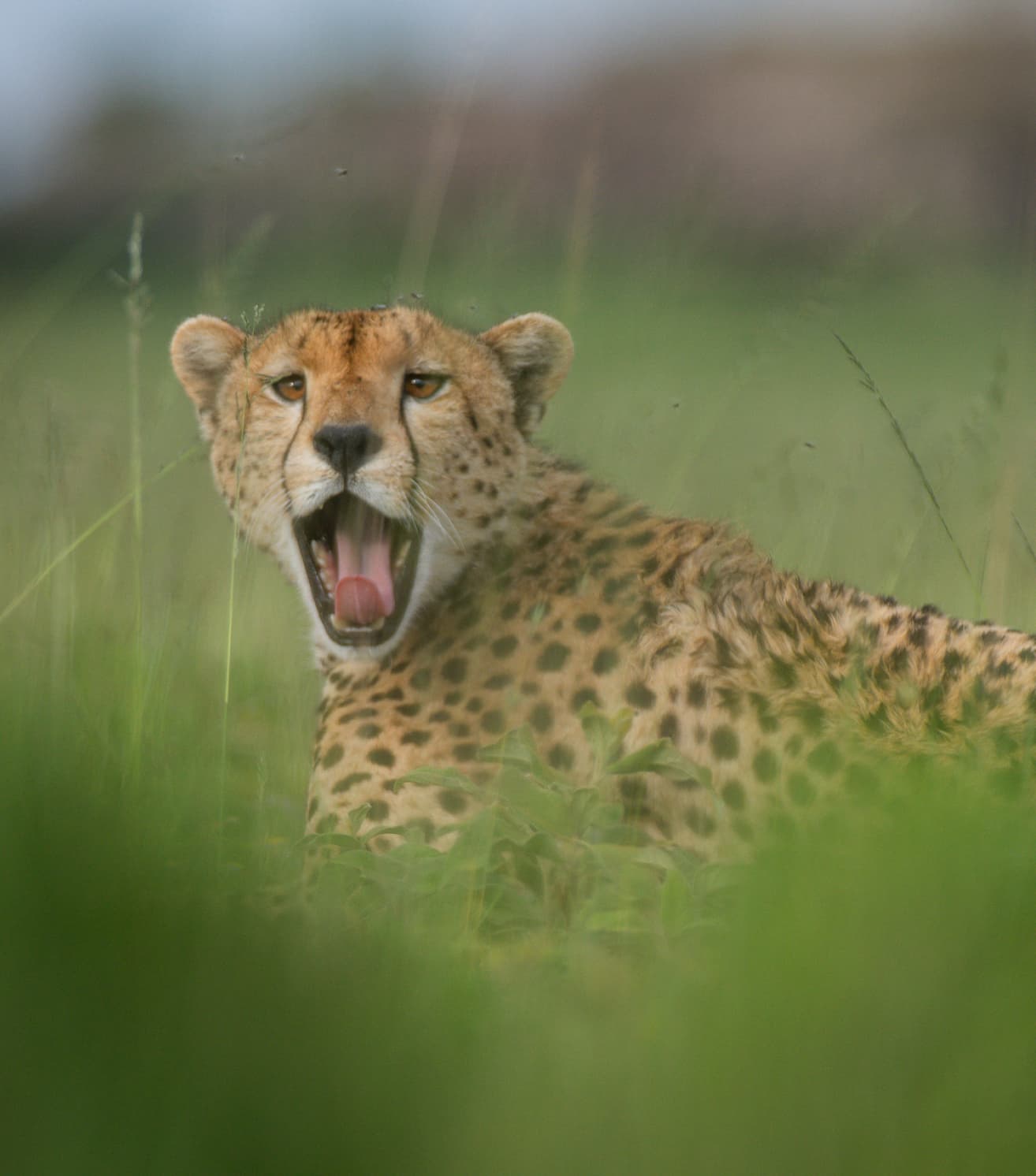

Where Do Birds and Mammals Get Their Colours?
Pigment Pathways: How Light and Colour Work
When light interacts with an object, it can be bent, reflected, or absorbed. A red object reflects red light and absorbs other colours, a white object reflects all colours and a black object absorbs all light. Our eyes perceive the reflected light, which is what we see.
Colours manifest visually through pigment or structural features. Pigments, like those mixed in paint, give objects their colour. Structural colours, however, such as the iridescence of a peacock’s feathers or the shimmering rainbows of an oil slick, result from microscopic patterns that scatter light in different ways back to our eyes.



Pigmentation in Birds and Mammals
In the case of birds and mammals, there are a few varying functions that give them their colours and patterns. Starting with the premise that all mammals and most birds have one type of cell (melanocyte) that produces pigment in their skin. This cell can produce two pigments – eumelanin (often referred to as melanin, producing shades of black, grey and brown) and pheomelanin (shades of yellow-brown, orange-brown, and red-brown).
These cells are found at the base of hairs and feathers and are responsible for producing small amounts of pigment that are injected into the growing skin, hair, or feathers. What determines what pigment is produced by the cell? The answer: genes. Genes influence the cell to either switch between the two pigments or to signal it’s stopping and starting.
Unique Pigmentation Patterns
Have you ever wondered how a porcupine gets its black-and-white striped quills? This can be accredited to the agouti gene. As a quill grows, the agouti gene turns the melanocyte on and off. So, the growing quill gets alternating doses of melanin and no-melanin.
Another spectacle that illustrates the influence of genes is that of unusually dark or light animals. Animals that are darker than normal are called melanistic and occur when there are more melanocytes. Hence, more melanin is produced. This is genetic and can either be a mistake in the individual or simply an inherited gene.
The opposite happens too. In Tanzania, there have been sightings of giraffes sporting an all-white coat (where their patches are hardly, if at all, visible). This is called leucism and occurs when there are fewer melanocytes, and the production of melanin is lower.
The condition of albinism is different and comes as a consequence of melanocytes not producing any eumelanin. As a result, even the eyes have no pigment and appear pink or red (as you see the blood vessels in the eye).

The Role of Carotenoids
You might ask: If mammals and birds only produce these melanins in their skin, how do we see all other colours? We use this question as a stepping stone into another important group of pigments called carotenoids.
Carotenoids produce bright red, yellow, and orange (easy to remember due to the trace of “carrot” in its name – “carrot-enoids”). Interestingly enough, no cells in animals produce them. Instead, they are found in plants, bacteria, and fungi, as they can only be produced in things that photosynthesize (acting as the plant’s defence from harmful UV radiation).
Animals ingest them through their diet. Here, you can think of bright pink flamingos or yellow weavers. These colours have in fact come from their diet. There are complex processes involved in the breakdown of their meal and its transference into visible colour. This consists of modifying the consumed food into its chemical counterparts and consequently sending them to the relevant body parts that need them. Think of birds with red pigment on their forehead and bright yellow rump feathers! Again, these colour directions are controlled by genes.
Additionally, an interesting thing about carotenoids is that they are important for an animal’s health due to their strong antioxidant benefits – as a result of their photosynthesized creation. They have a direct effect on an animal’s health, such as regulating their immune system. So when a male weaver prances about a female in its vibrant feathers, it is not only to show off how attractive they are but also becomes a mark of their bodily health – an added bonus!

Structural Colours
As mentioned, colours in animals can arise from structural features rather than pigments. For instance, the blue seen in birds like the cordon-bleu or vervet monkeys’ scrotums is due to the way light interacts with microscopic structures in feathers or skin, rather than actual blue pigments. Similarly, iridescence, such as in beetles, is caused by layers of air and keratin fibres reflecting light differently at various angles.
Porphyrins, such as biliverdin and protoporphyrin, are pigments in bird feathers that produce colours by absorbing specific wavelengths of light and reflecting others – biliverdin creates greens and protoporphyrin produces reds and browns. These pigments, along with feather structure, play key roles in camouflage, mating displays, and species identification.
What we’ve uncovered here is just a hint of the dazzling diversity of colour in birds and mammals. There’s a whole world of colour to explore!


Enquire now
Facebook
Instagram




Lion Prides of Olmara Camp, Eastern Serengeti

The Best Time to Safari in Northern Tanzania






